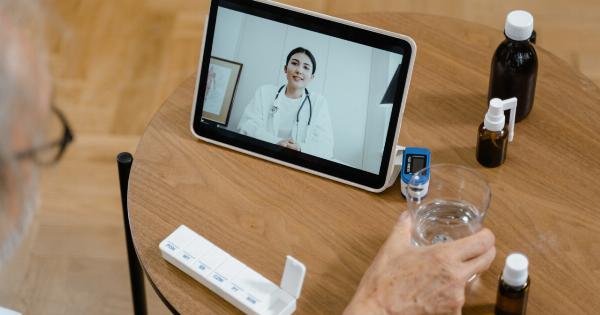Headaches are a common ailment that most people will experience at some point in their lives. They can be debilitating and can interfere with daily activities.
When you have a headache, it’s natural to try to diagnose the cause and find a solution to alleviate the pain. However, there are several common mistakes people make when trying to self-diagnose their headaches. In this article, we will discuss four of these mistakes and provide guidance on how to avoid them.
Mistake #1: Assuming It’s a Migraine
One of the most common mistakes people make when trying to diagnose their headaches is assuming that it’s a migraine. While migraines are a common type of headache, not all headaches are migraines.
There are several other types of headaches, including tension headaches, cluster headaches, and sinus headaches, among others. Each type of headache has unique characteristics and causes. Therefore, it’s important not to jump to conclusions and assume that every headache is a migraine.
Mistake #2: Ignoring Potential Triggers
Another mistake people make is ignoring potential triggers for their headaches. Many headaches are triggered by certain factors, such as stress, lack of sleep, certain foods, or environmental factors like strong smells or bright lights.
By ignoring these triggers, you may miss an opportunity to prevent or manage your headaches effectively. Keeping a headache diary can help you identify patterns and potential triggers. Documenting your daily activities, food intake, and other relevant factors can provide valuable insights into the cause of your headaches.
Mistake #3: Self-Medicating without Professional Guidance
It’s common for people to self-medicate when they have a headache, either by taking over-the-counter pain relievers or using alternative remedies.
While these methods may provide temporary relief, it’s important not to rely solely on self-medication without seeking professional guidance. Headaches can be a symptom of an underlying medical condition, and it’s crucial to have a proper diagnosis. Consulting with a healthcare professional can help identify the cause of your headaches and determine the most appropriate treatment plan.
Mistake #4: Neglecting Other Symptoms
Headaches can sometimes be a sign of a more serious underlying condition. Neglecting other accompanying symptoms can be a significant mistake when trying to diagnose your headache.
For instance, if you experience severe headaches along with vision changes, dizziness, or difficulty speaking, it could be an indication of a neurological issue or other medical emergency. In such cases, seeking immediate medical attention is vital. It’s essential to pay attention to the overall picture of your health and not focus solely on the headache itself.
Tips for Accurate Headache Diagnosis
Now that we have discussed the common mistakes to avoid let’s explore some tips for accurately diagnosing your headache:.
1. Keep a Headache Diary:
As mentioned earlier, keeping a headache diary can help identify patterns and potential triggers for your headaches.
Make sure to record the date and time of your headaches, as well as any noticeable factors like stress levels, foods consumed, weather conditions, and other relevant details. This information can assist healthcare professionals in making an accurate diagnosis.
2. Seek Professional Advice:
If your headaches are persistent, severe, or accompanied by other concerning symptoms, it is crucial to seek professional advice.
A healthcare professional can conduct a thorough evaluation, review your medical history, and perform any necessary tests to determine the underlying cause of your headaches.
3. Be Honest About Your Symptoms:
When consulting with a healthcare professional, it’s vital to be honest and detailed about your symptoms. Don’t downplay or omit any symptoms, as they may be crucial in making an accurate diagnosis.
Providing information about the frequency, intensity, duration, and any associated symptoms can help professionals make an informed decision.
4. Consider Seeking a Second Opinion:
If you have been diagnosed with a specific type of headache but the treatment plan doesn’t seem effective, it might be worth seeking a second opinion.
Different healthcare professionals may have different areas of expertise and treatment approaches, so obtaining a second opinion can provide further insight into your condition.
5. Follow Through on Recommendations:
Once you have received a diagnosis and a treatment plan, it’s essential to follow through on the recommendations provided by healthcare professionals.
This may include taking prescribed medications as directed, implementing lifestyle changes, or seeking additional therapies. Consistency and adherence to the recommended course of action can greatly improve your chances of effectively managing your headaches.
Conclusion
Diagnosing headaches can be complex, and it’s common for people to make mistakes along the way.
By avoiding the four common mistakes discussed in this article and following the tips provided for accurate diagnosis, you can significantly improve your understanding of your headaches and find appropriate solutions. Remember, it’s essential to seek professional guidance when necessary and not take your headaches lightly.




























